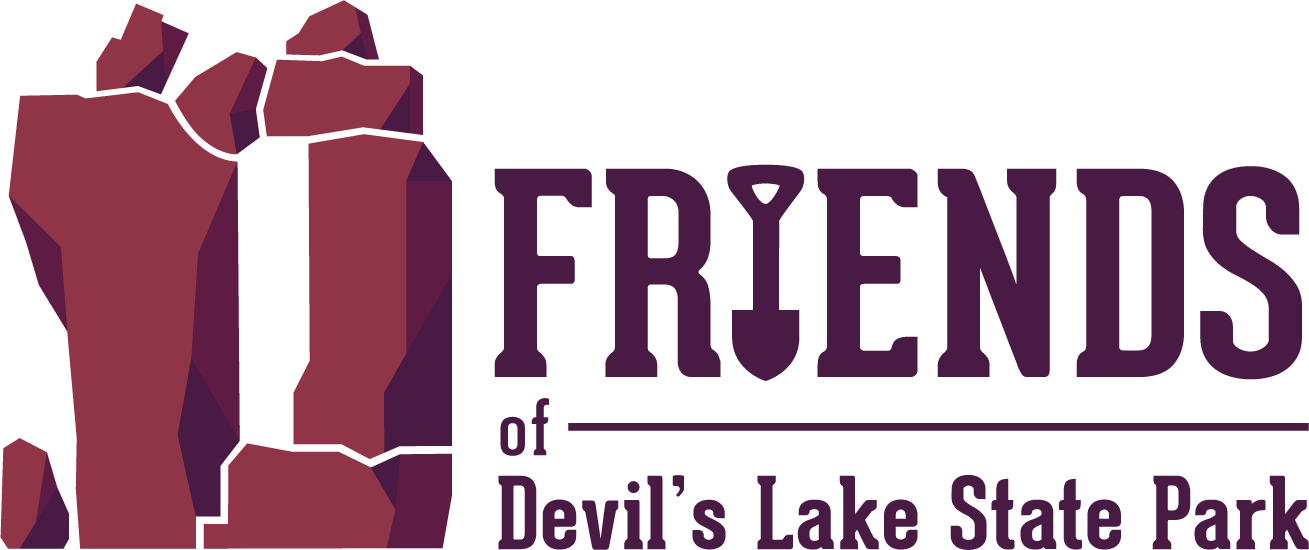
The project partners engaged GWWO Inc./Architects of Baltimore and its design affiliates to aid with site selection, programming and concept design.
The team conducted a thorough evaluation of eight potential sites before settling on a North Shore site as the preferred option for the project.
It also generated conceptual architectural and site design plans and cost options. In addition, it evaluated the utility infrastructure and probable infrastructure costs.
The concept drawings generated in this process and depicted on this website are preliminary. These images were produced to give an idea of the amenities the project could include. The final project design is anticipated to be much different than currently shown. Elements will be chosen in the future as the final design is developed.
In 2019, the team produced the final report. Read the Report
Site Selection
The design team used a proven method called Choosing by Advantages to evaluate the eight sites, ranking them on 11 initial factors ranging from connection to outdoor and recreational resources to universal access to flexibility and buildability.
Following the evaluation, four sites – Steinke Basin, East Bluff, Ski-Hi and South Shore roads and the North Entry Site – were dismissed from consideration based on their rankings and disadvantages.
After further assessment and analysis, the team rated the four remaining sites and recommended the North Shore site as having the most advantages, including:
Connection to recreation resources and opportunities
Ease of visitor access
Financial impact
Opportunities for sustainability
Less physical impact to natural resources
The North Shore site was also ranked highly for its buildability, universal access and potential for educational opportunities.
The Friends’ Perspective
The Friends of Devil’s Lake State Park issued this statement regarding the preferred site:
Public access to the new center is crucial to serve the park’s 2.5 million plus annual visitors. That ease of access will allow visitors to discover more about the park’s special place in culture, geology and nature.
The North Shore location across the railroad tracks is the preferred site for the center because it has the most advantages based on an extensive evaluation by GWWO, Inc./Architects. Its assessment determined that this location has many strong attributes.
In addition to the ease of access afforded by the North Shore site, it has a great connection with recreational resources. And the firm found that the site offers financial benefits, opportunities for sustainability and is less impactful on natural resources.
The evaluation also ranked the North Shore site highly for its buildability, universal access and potential for educational opportunities.
The site at the intersection of Ski-Hi and South Shore roads has several drawbacks and was ranked as one of the four least-desirable sites in the firm’s assessment. This site lacks a view of the lake and bluffs, the park’s primary features. Another negative is the site’s remoteness from cultural and recreational resources. For example, school children would need to be “re-bussed” from the Ski-Hi location to access the lake and nearby trails. The evaluation also noted the lack of utility infrastructure at the site, which makes the site cost prohibitive. As an example, unweathered bedrock is located at a depth of less than three feet below ground surface in this area, which is prohibitive of connection to the public sewer system.
Another example as to why the Ski-Hi location was not at the top of the list was financial sustainability. The plans for the new facility will include a community area that will be able to be rented community gatherings such as weddings or other events during non-peak times. The Ski-Hi location would not have the draw as a facility with a view of the lake and beautiful rock formations, and thus would not generate as much income for sustaining the facility.
We believe that the educational/interpretive center will be a major park asset, and one that will enhance visitors’ experiences, inside and outside of the park. Because of that, we want to see this multi-use center sited in the best possible location.



